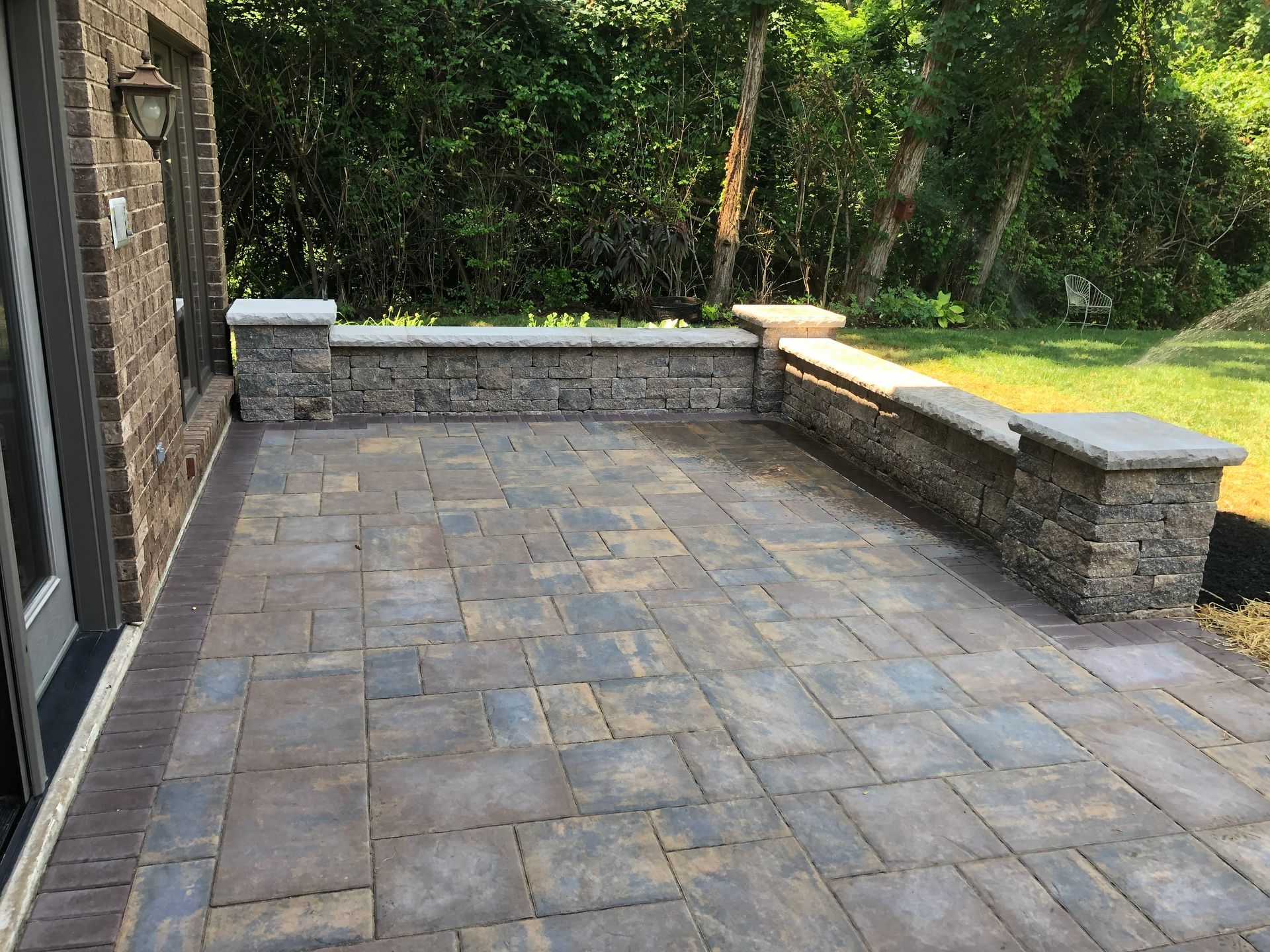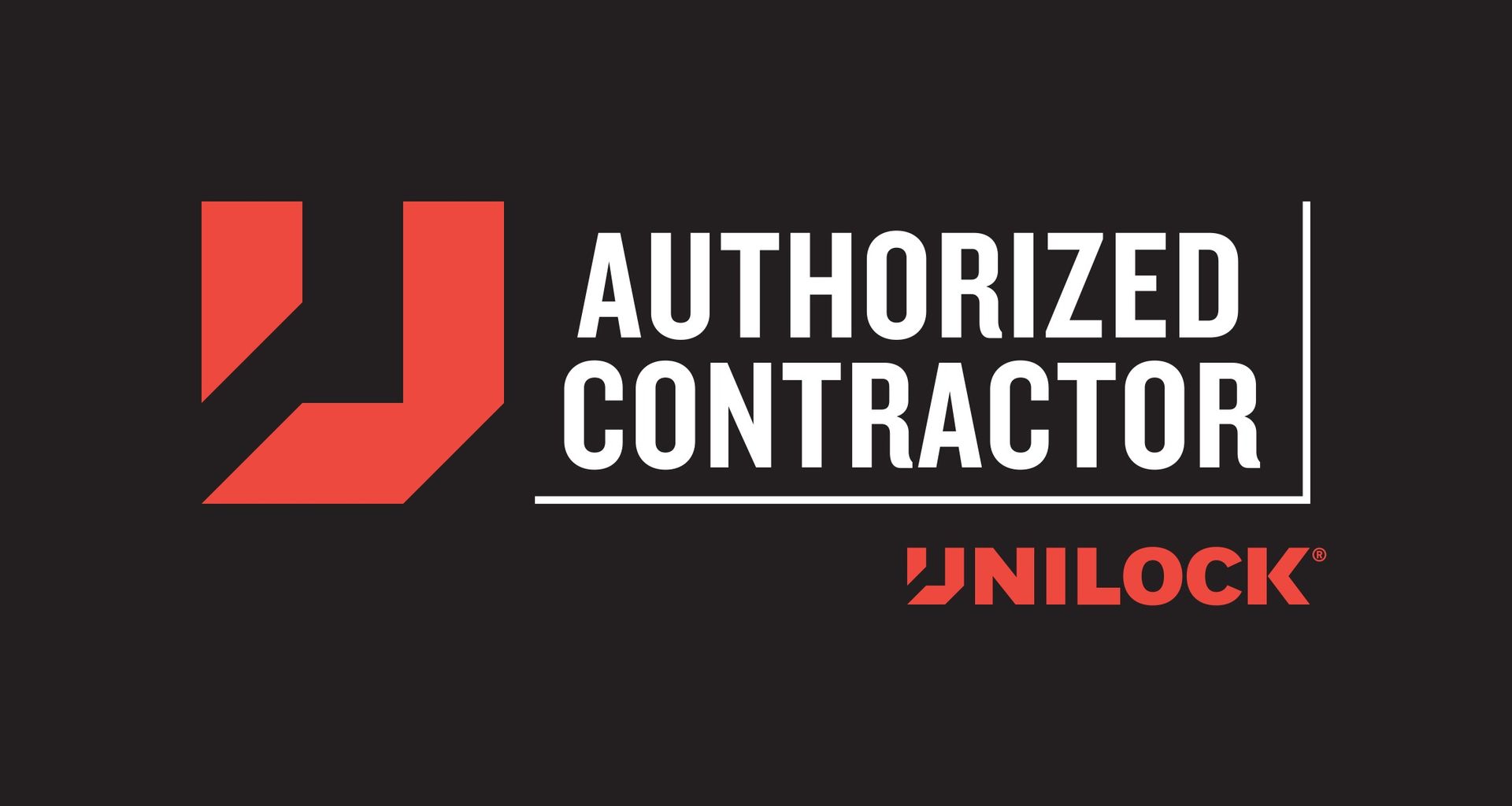How a New Hardscape Boosts Your Home’s Resale Value
Adam Lawson • April 15, 2025
When it comes to increasing your home’s resale value, curb appeal and functional outdoor spaces are more important than ever. A well-designed hardscape—think patios, walkways, or outdoor kitchens—can transform your property into a buyer’s dream, delivering both aesthetic appeal and a solid return on investment (ROI). Let’s explore how investing in hardscaping can elevate your home’s marketability, backed by stats and real-world examples.
Why Hardscaping Matters
Hardscaping refers to the non-plant elements of landscaping, such as stone patios, concrete walkways, or built-in outdoor kitchens. These features create usable, low-maintenance outdoor spaces that buyers crave. According to the *National Association of Realtors (NAR) 2023 Remodeling Impact Report*, outdoor improvements consistently rank among the top projects for resale value, with buyers willing to pay a premium for homes with functional and attractive outdoor areas.
The ROI of Popular Hardscape Features
Here’s a breakdown of how specific hardscape projects can boost your home’s value, with data to back it up:
1. Patios: The Heart of Outdoor Living
A patio is a versatile addition that expands your living space, perfect for entertaining or relaxing. The *NAR 2023 Remodeling Impact Report* estimates that a new patio can recoup **60-80% of its cost** at resale, depending on materials and design. For example:
- Cost: A mid-range concrete or paver patio might run $5,000-$15,000.
- Value Added: If your patio costs $10,000, you could recover $6,000-$8,000 in resale value, plus make your home more appealing to buyers.
- Case Study: A 2022 study by *HomeLight* found that homes with well-maintained patios sold for **4-6% more** than comparable homes without them in suburban markets. For a $400,000 home, that’s an extra $16,000-$24,000.
Buyers love patios because they’re low-maintenance and offer a blank canvas for personalization. Opt for durable materials like pavers or stamped concrete to maximize longevity and appeal.
2. Walkways: Curb Appeal and Functionality
A well-designed walkway enhances safety and guides visitors through your property, instantly boosting curb appeal. According to *Remodeling Magazine’s 2024 Cost vs. Value Report*, a stone or paver walkway can recover **50-70% of its cost** at resale.
- Cost: A basic walkway might cost $2,000-$7,000, depending on length and materials.
- Value Added: A $5,000 walkway could add $2,500-$3,500 to your home’s value, plus make it stand out in listings.
- Example: A real estate agent in Charlotte, NC, reported that a client’s $3,500 flagstone walkway increased buyer interest, leading to a sale $10,000 above asking price in 2023, as it created a polished first impression.
Pro tip: Curved walkways with lighting add charm and functionality, making your home feel inviting day or night.
3. Outdoor Kitchens: The Ultimate Luxury
Outdoor kitchens are a premium feature that can set your home apart, especially in warm climates. The *NAR 2023 Report* suggests outdoor kitchens can recoup **70-100% of their cost**, depending on the market.
- Cost: A basic outdoor kitchen (grill, counter, and storage) might cost $15,000-$30,000, while high-end setups with appliances can exceed $50,000.
- Value Added: A $20,000 outdoor kitchen could add $14,000-$20,000 to your home’s value, especially in markets like California or Florida.
- Case Study: A 2021 analysis by *Zillow* found that homes with outdoor kitchens sold for **7.1% more** on average than similar homes without them. For a $500,000 home, that’s a $35,500 boost.
Buyers see outdoor kitchens as a lifestyle upgrade, offering a space for entertaining without the upkeep of a pool. Keep designs timeless with neutral finishes to appeal to a broad audience.
Why Hardscaping Pays Off
Beyond direct ROI, hardscaping offers intangible benefits that make your home more competitive:
- Curb Appeal: A 2024 *Redfin* survey found that **68% of buyers** prioritize homes with attractive outdoor spaces, often making faster offers.
- Low Maintenance: Unlike lawns or gardens, hardscapes require minimal upkeep, appealing to busy buyers.
- Market Trends: With remote work and staycations on the rise, *Forbes* noted in 2023 that **outdoor living spaces** are a top priority for millennial and Gen Z buyers.
Tips for Maximizing Your Hardscape Investment
1. Choose Quality Materials: Invest in durable options like natural stone or high-grade pavers to ensure longevity and buyer appeal.
2. Hire Professionals: A poorly installed hardscape can detract from value. The *American Society of Landscape Architects* recommends licensed contractors for complex projects like outdoor kitchens.
3. Balance Cost and Market: Research local trends to avoid over-improving. A $50,000 outdoor kitchen might not pay off in a $200,000 neighborhood.
4. Add Lighting and Seating: Small touches like built-in benches or solar lights can enhance functionality without breaking the bank.
Final Thoughts
A new hardscape isn’t just about enjoying your home today—it’s a strategic investment in its future resale value. Whether you opt for a cozy patio, a sleek walkway, or a full-blown outdoor kitchen, the data is clear: hardscaping delivers strong ROI and makes your home irresistible to buyers. For example, a modest $10,000 patio could add $8,000 to your sale price, while a $20,000 outdoor kitchen might boost it by $15,000 or more. By blending functionality with style, you’re not just upgrading your backyard—you’re securing a higher payday when it’s time to sell.
Ready to boost your home’s value? Start planning your hardscape project today by giving us a call at Signature Hardscape, and watch your property shine in the eyes of future buyers.
**Note**: Stats are based on industry reports and market trends up to April 2025. Always consult local real estate experts to tailor projects to your market.




